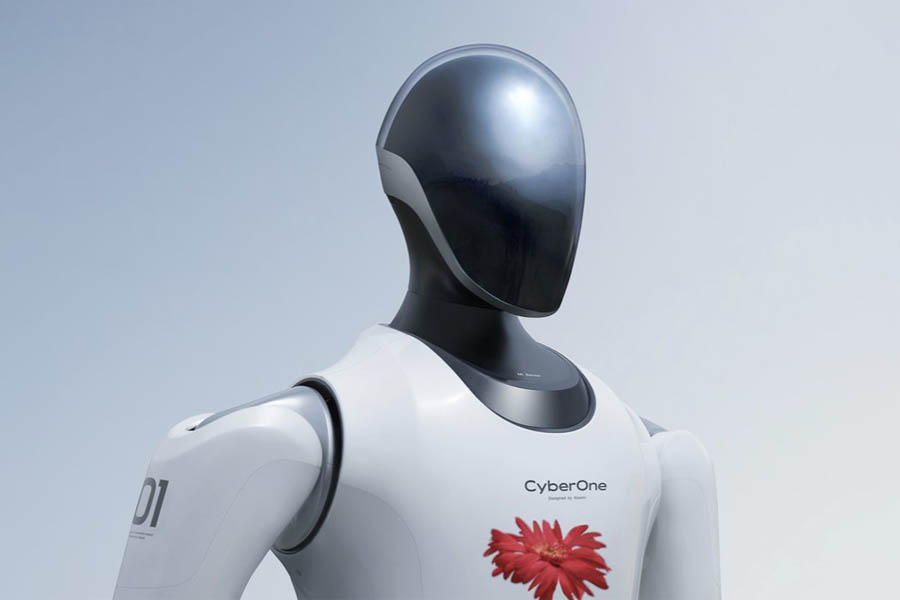No headings found
Xiaomi CyberOne Overview:
This isn't the first time Xiaomi has released a robotic device. Last year, it released the CyberDog, which, as our intuition suggests, is where the moniker for its humanoid robot comes from. On the surface, the CyberOne looks far behind what Boston Dynamics' Atlas robot can do. The latter has mastered mobility and parkour abilities and can outperform the CyberOne many times more.
Humanoid robots rely on vision to process their surroundings. Equipped with a self-developed Mi-Sense depth vision module and combined with an AI interaction algorithm, CyberOne is capable of perceiving 3D space, as well as recognizing individuals, gestures, and expressions, allowing it to not only see but to process its environment. In order to communicate with the world, CyberOne is equipped with a self-developed MiAI environment semantics recognition engine and a MiAI vocal emotion identification engine, enabling it to recognize 85 types of environmental sounds and 45 classifications of human emotion. CyberOne is able to detect happiness, and even comfort the user in times of sadness. All of these features are integrated into CyberOne’s processing units, which are paired with a curved OLED module to display real-time interactive information.
Xiaomi's forerunner
CyberOne is a first-generation humanoid robot from Xiaomi, and most of its aspects have yet to be explored. However, it has surpassed Tesla's humanoid robot, which Elon Musk announced last year. Working is probably preferable to simply talking. All of this indicates that CyberOne is not yet ready for commercialization purposes. However, it is projected to cost between 600,000 and 700,000 yuan (about $89,100 and $104,000).- Meanwhile, check out our long-term review of the Samsung Galaxy Z Fold 4.





